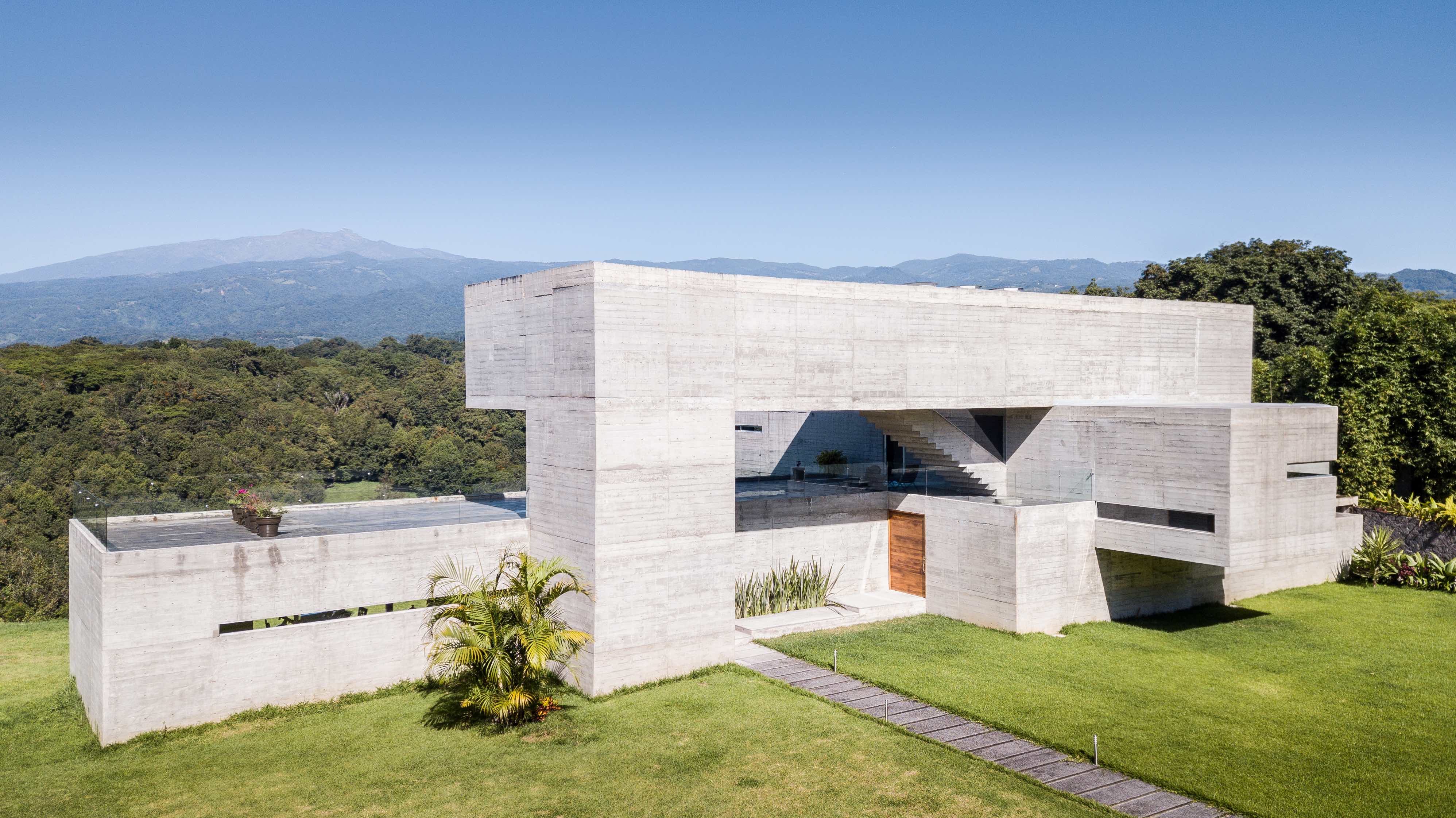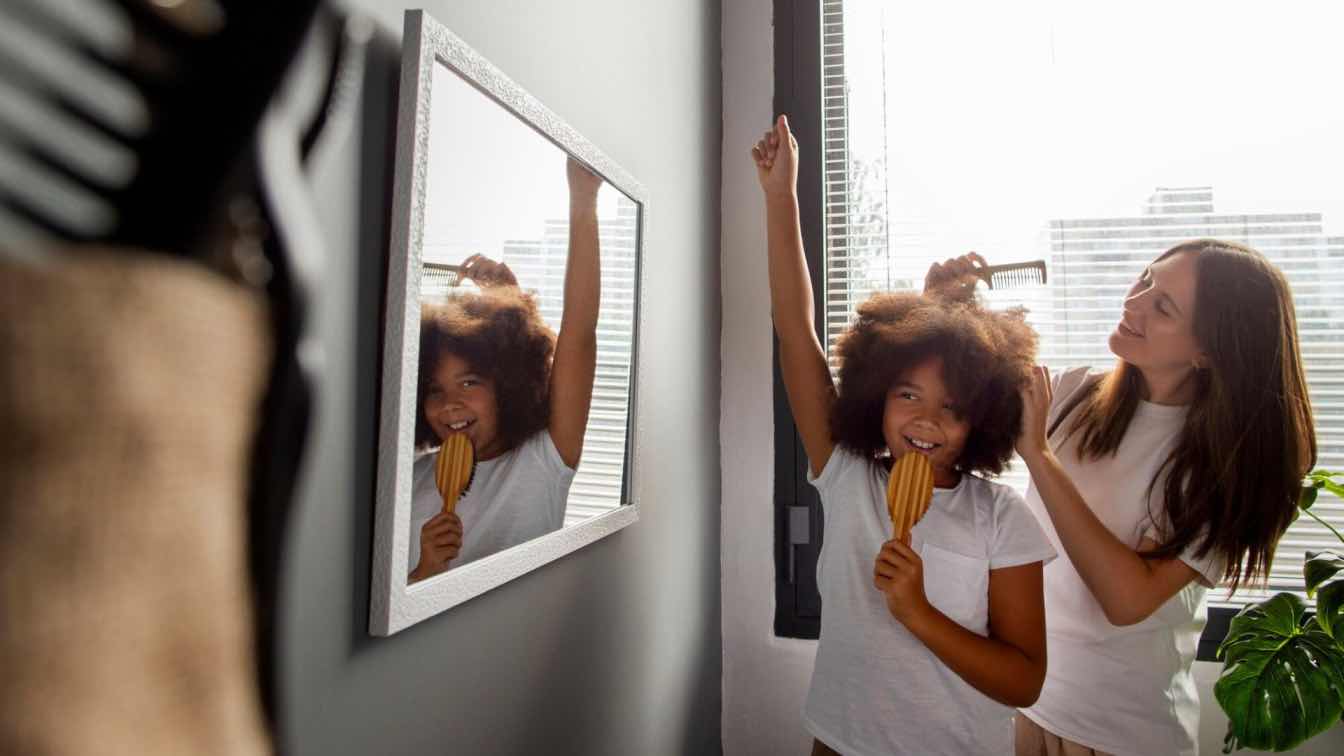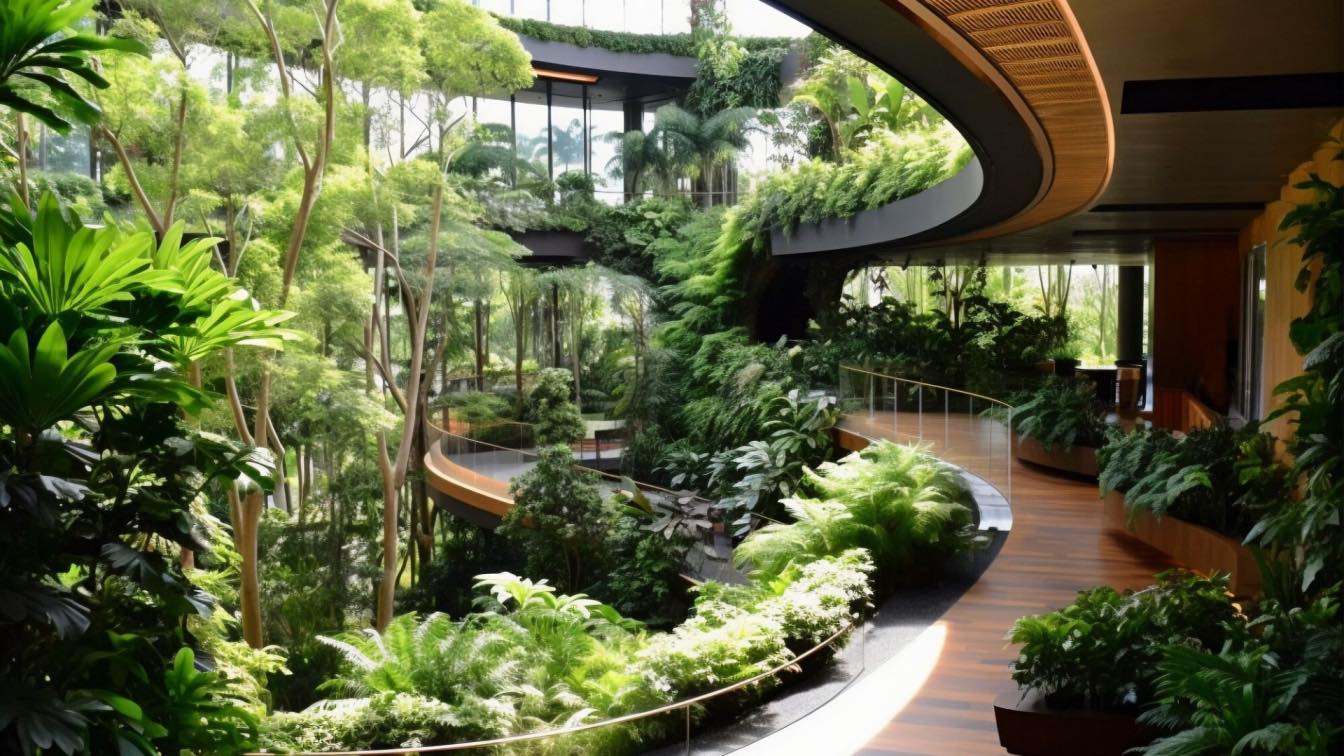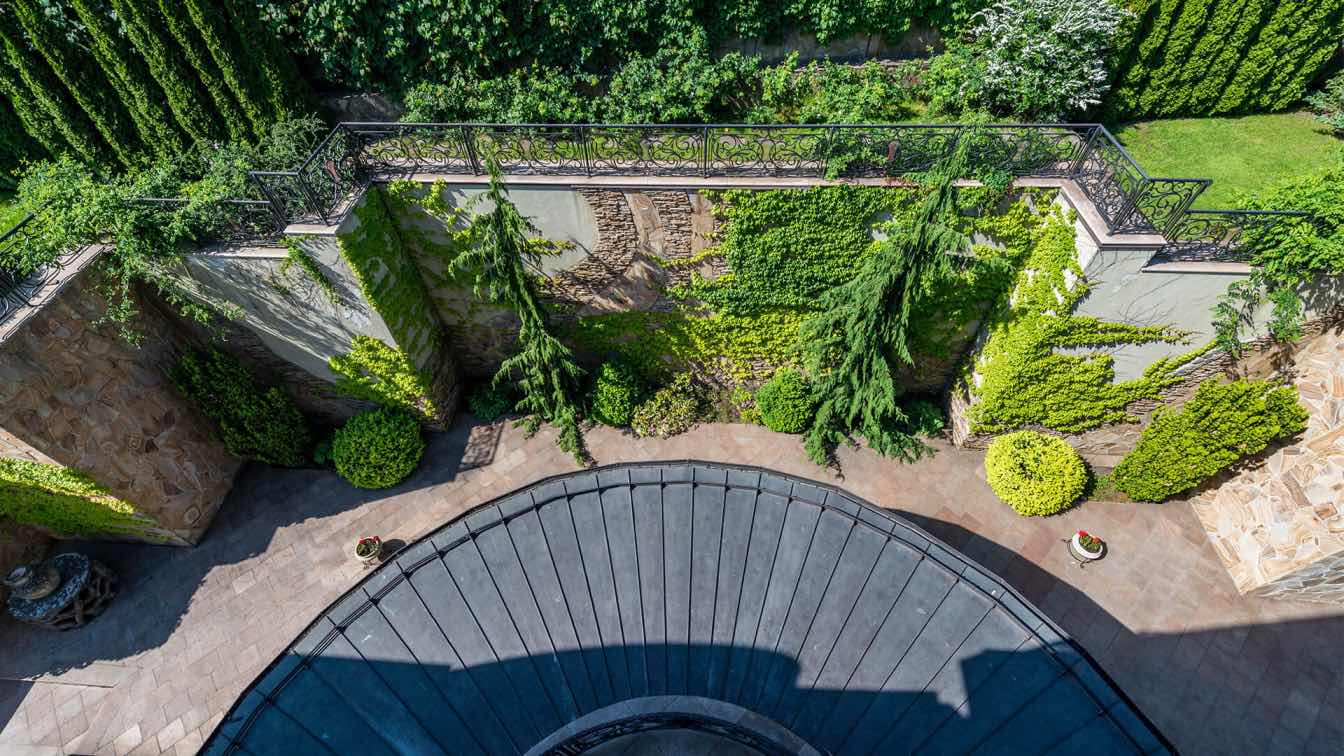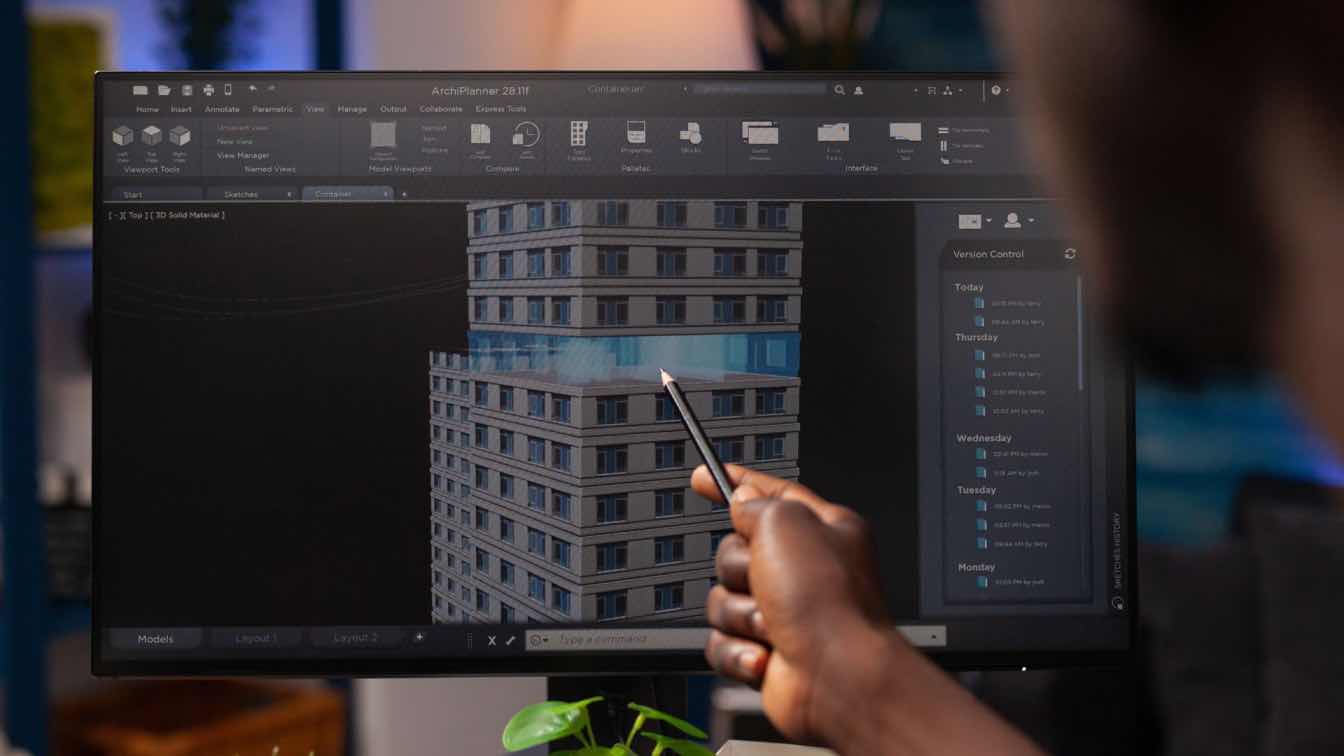Once written off as chilly, unsightly, and repressive, brutalist architecture is making a spectacular resurgence. Art books, fashion shoots, interior design, and TikTok are now celebrating the style of old housing complexes and bureaucratic offices. Although it may seem improbable, concrete has once again gained popularity.
Similar to how retro video games or vintage fashion are regaining popularity, brutalism's resurgence speaks to a broader cultural trend. Concrete buildings now have a new image. This change comes from Instagram and the rise of minimalist design. More businesses are choosing boldness over gloss. Even casual brands and unexpected spots, like online games and casino sites such as Koifortune, are adopting the brutalist graphic style. This style is clean, stark, and unpretentious.
Midway through the 20th century, post-war idealism and the need for quick reconstruction gave rise to brutalism. Brutalism was based on the idea that architecture should be truthful, practical, and socially conscious. It was named after the French word béton brut, meaning raw concrete, rather than its brutal appearance. Some of its most famous examples, like the National Theatre, Boston City Hall, and London's Barbican Estate, were daring attempts to use architecture to change public life.
However, these structures were despised for many years. They were perceived as harsh, hefty, and alienating. Many were abandoned and marred by urban deterioration and pollution. Before they could become iconic, some were destroyed. Not often the architecture itself was the issue, but rather the way it was used, maintained, and the current cultural climate.
However, that attitude is changing. For over ten years, brutalism has grown popular. Younger generations find these structures strong and unique, not failures. The role of social media has been significant. Brutalist buildings' dramatic angles, rough surfaces, and deep shadows make for stunning photographs. In a stream filled of delicate hues and flawless digital images, they stand out. In a day of screens, their unvarnishedness feels genuine.
This change is motivated by a philosophical principle that goes beyond aesthetics. Brutalism seems authentic. Exposed concrete and large forms show honesty in a world of quick trends, short attention spans, and digital noise. It's a style that doesn't flatter; it's anti-style. Ironically, that rejection is what makes it appealing now. Architects and designers are paying attention.
Brutalist buildings are also being adaptively reused more frequently. Developers are turning them into hotels, creative spaces, and cultural centers. They are choosing to renovate instead of demolish. Once seen as too gloomy, the bunker-like building now serves as the perfect backdrop for chic interior design and modern styles. It turns out that concrete develops character over time. Additionally, it adds a sense of gravity that steel and glass hardly ever provide when cleaned and redesigned.
There is more to this renaissance than nostalgia or following trends. It displays a greater understanding of permanency and craftsmanship. In a world where things are fleeting and often fake, brutalism offers a steady option. It makes no effort to win favor. It begs to be tolerated. And it garners greater love the more people do it.
Not all Brutalist structures are masterpieces, of course. Some are ill-conceived or the result of hasty building. However, that applies to all styles. The true benefit of this renaissance is in reconsidering what was previously dismissed. It reminds us that tastes change over time. A concrete jungle from the past might turn into a cultural gem in the future.
Concrete is cool again, then. And it's not just architects that say that this time. Artists, photographers, filmmakers, designers, and regular people are the ones who are observing these constructions from new perspectives. Being attractive was never the goal of brutalism. It has to do with being truthful. Furthermore, honesty is beginning to resemble attractiveness in today's society.

